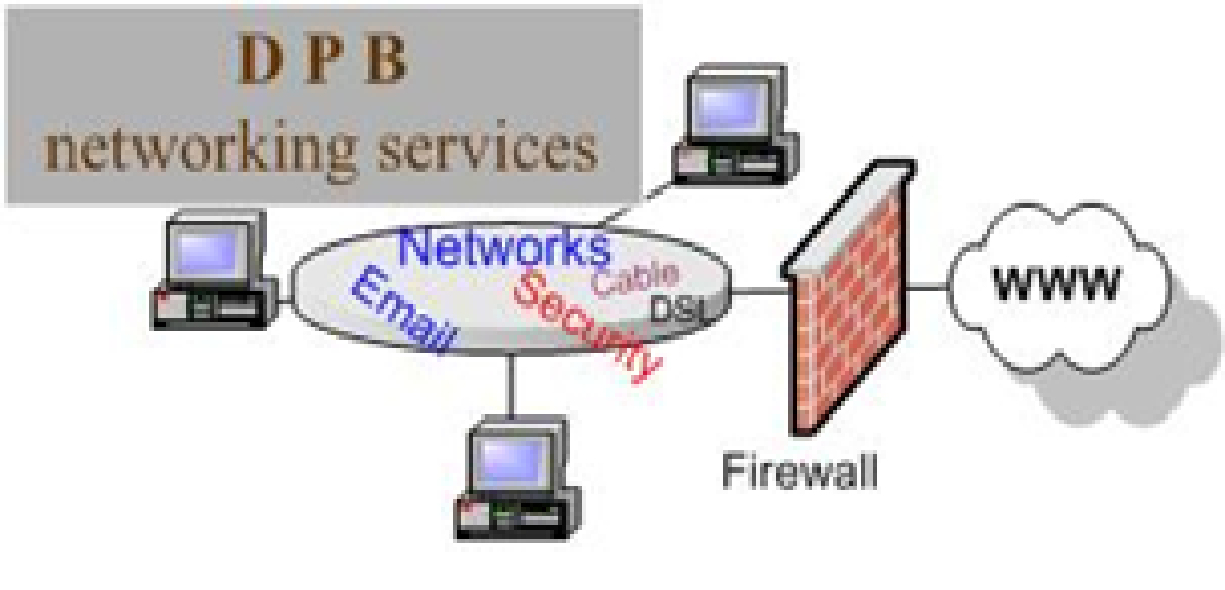Last month, I wrote about the benefits of pro bono work for your law firm. This month, I want to show you how to implement that idea into a successful, sustainable program. The Chicago Bar Association published an entire step-by-step guide on the subject and here are some of the notable highlights:
- The planning stage – It’s important to do pre-work before jumping into the actual implementation phase. As with any project, you want to set your intentions up front by asking these questions:
- Who are you trying to help or what need are you trying to meet within the community? In answering this question, it’s helpful to look at the currently available pro bono programs and consider how you can improve or compliment them. Also, choose subject matter that aligns with the current practice areas of your firm to promote efficiency.
- What staffing needs will the program require? This does not just apply to attorneys. Also consider the administrative requirements of the program, which creates a need for support staff. If the need is more than you anticipated, consider utilizing the services of volunteers.
- How will you structure the program? Pro-bono programs take on various forms. Your firm could offer a time-limited monthly program, where free advice is given. At the other end of the spectrum, your practice may take on specific cases at no cost or at a reduced cost. Each of these options provides a valuable service to your community.
- Determining Costs – While your pro bono aspirations are commendable, you are still running a law practice that needs to generate a profit. It’s perfectly acceptable and necessary to consider the short and long term costs of running the program. Here are some tips for determining costs:
- Create a budget – Include staffing hours, necessary materials, and overhead expenses (space rental, extra utility costs, etc.). Depending on the scope of your program and where it will be located, you may find that a small budget is adequate. This is especially true if you are utilizing space and staff from within your current practice.
- A cost/benefit analysis – Weigh the pros and cons of implementing a program, for a clear and realistic view of what to expect. On the positive side, you are assisting people who could not otherwise afford legal representation. Pro bono work also provides an opportunity to form professional relationships with other attorneys in your community. You may also find financial support in the form of charitable donations from other law firms or corporations. On the negative side, the start up costs will likely be considerable as you work to get the program up and running. You must also prepare for the very real possibility of seemingly simple pro bono cases turning into longer, more challenging matters.
With guidance and planning, the implementation of a pro bono program within your firm is entirely doable. It’s a great way to promote service among staff members, while providing valuable resources to the community. If you still aren’t sure about where to start, check with your state bar association. Most will either provide some guidance in establishing a program or point you in the direction of existing pro bono opportunities.
About Erika Winston:
Erika Winston is a Virginia based writer with a passion for all things legal. As a former domestic relations attorney, she understands the challenge of determining the best fee structure for your practice. Erika is a regular contributor to TimeSolv and a variety of other publications.


















